Your basket is currently empty!
Bed 2
Potato Duke of York
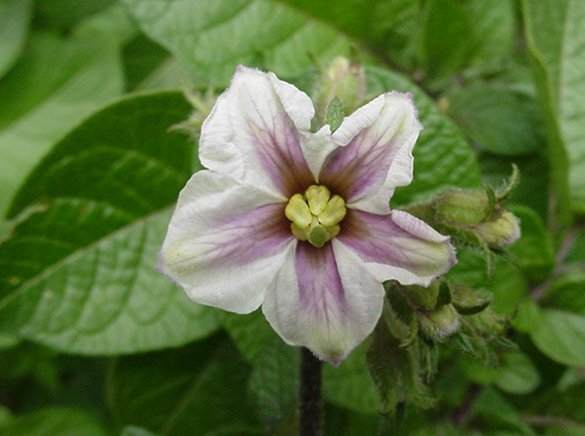


Duke of York seed potatoes are an old heritage potato variety, first entered on the national list back in 1891. Since their introduction, Duke of York have become famous for their great taste and all-round culinary ability. These seed potatoes are oval shaped with yellow flesh.
More details
Full name: Potato “Solanum tuberosum”
Grow season: April / June(planting) – February / Late April (harvesting)
Cultivated by: 1891
Size:
Weight:
Some other interesting fact: Easy to grow
Potato British Queen
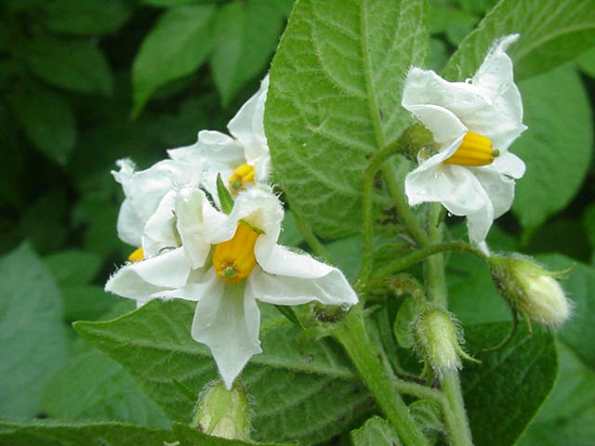


British Queen is a variety of potato that was bred by Archibald Finlay.
A type of potato with a great flavour and a floury flesh, Finlay wrote that it “is one of the finest white kidney-shaped mid-season potatoes.” This variety is highly susceptible to blight, however it often avoids blight because it flowers so early. The plant of this variety flowers freely and the blooms are white and have yellow centres. The dry matter content of this variety is high and the texture is light and floury. This variety is said to be one of the best for mashing.
More details
Full name: Potato British Queen
Grow season: March –
Color:
Cultivated by: 1894
Weight:
Some other interesting fact: It was used as a stable diet in both World Wars.
Courgette Disco
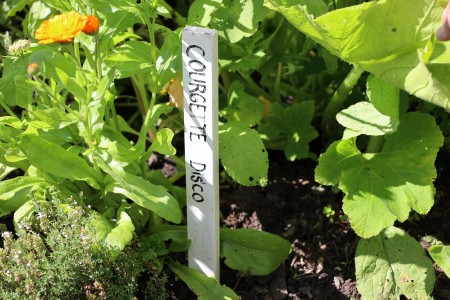
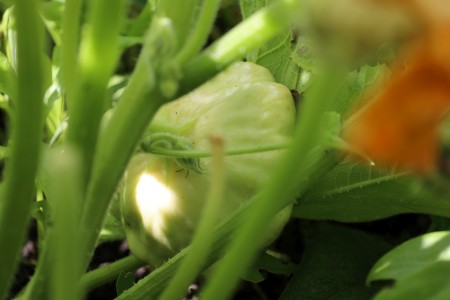
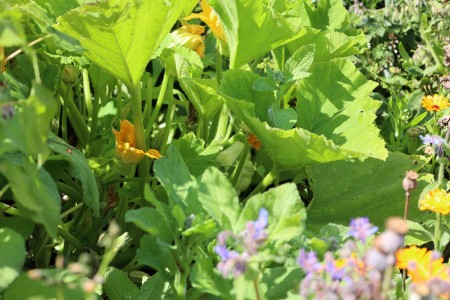
Cucurbita pepo has been cultivated for centuries, and traces have been found in Mexico dating back to 8750 BCE. It is perhaps their undemanding nature that has helped them survive for so long, as Vilmorin-Andrieux noted, “(They) will grow anywhere if supplied with plenty of manure and moisture at the root.” This variety is not for winter storing but is delicious when enjoyed fresh. It produces creamy white flat fruits with a scalloped edge from a bush habit.
More details
Full name: Courgette Disco or “Cucurbita pepo”
Grow season: March – July (made up info, just to fill in some text)
Color:
Size:
Weight:
Some other interesting fact:
Squash Early White Custard
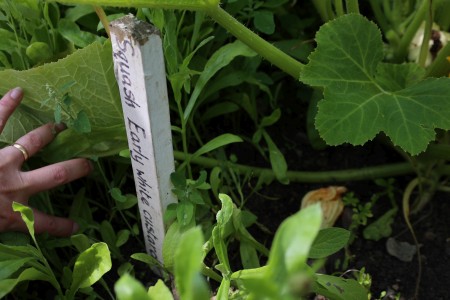


This patty pan type is one of the most popular of the early white-skinned squash. They have a disc shape and scalloped edges and should be picked when small. Thomas Jefferson noted in 1803 that he was growing this, under the name ‘Cymling’.
More details
Full name: Squash Early White Custard, also known as “Pattypan Squash”
Grow season: March – July (made up info, just to fill in some text)
Cultivated by: 1700s
Size:
Weight:
Some other interesting fact: it was a Native American heirloom, grown in the Northeast for hundreds of years.
Squash Turks Turban

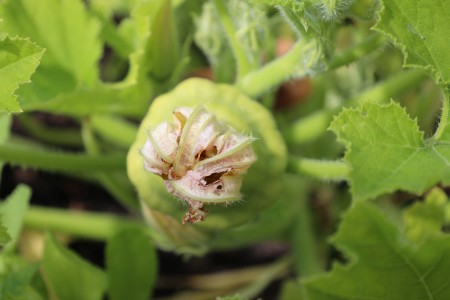
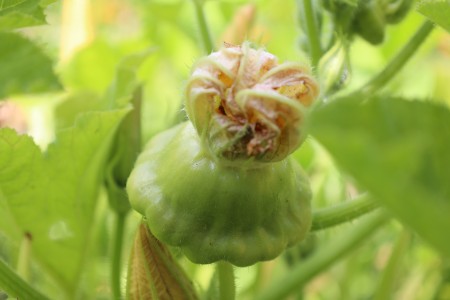
A squash so aptly named, as it resembles nothis more than this. French records suggest it has been grown since the early 19th century and probably before. Fine earring (the flesh is moister than most squashes) despite this somewhat off-handed description by Mr Thompson in The Gardener’s Assistant, 1859, “Fruit middle-sized, flat, with a round margin, and elevated centre, which is deep green, the rest is yellow or pale cream. Flesh firm. This variety is chiefly grown for ornamentation in this country.”
More details
Full name: Squash Turks Turban
Grow season: March – July (made up info, just to fill in some text)
Cultivated by: Early 1820s
Size:
Weight:
Some other interesting fact:
Squash Golden Hubbard
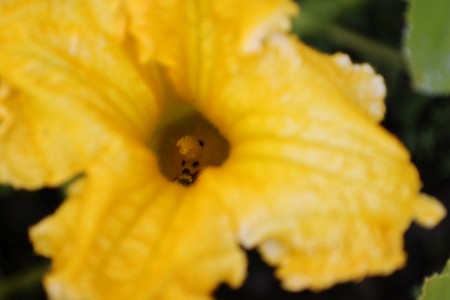
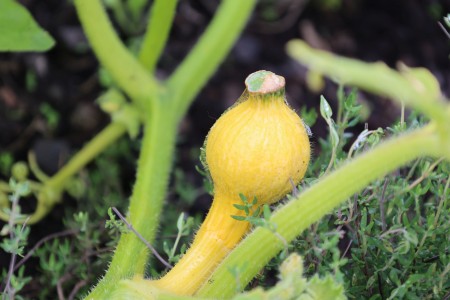
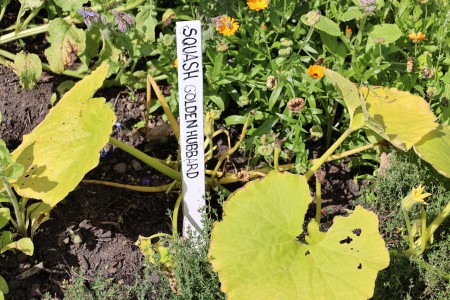
Introduced by Mr Harrison of Painesville, Ohio, USA, who described it thus, “A new and valuable sport of Hubbard. It has the shape and virtues of its parent, but is earlier and more productive. The colour of the skin is deep yellow or orange red. Flesh richer in colour than Hubbard, and of equal quality.”
More details
Full name: Squash Golden Hubbard, “Genesee Red Hubbard”
Grow season: March – July (made up info, just to fill in some text)
Cultivated by: 1898
Size:
Weight:
Some other interesting fact:
Spinach Winter Giant



A prickle seeded variety from North America that is known for its large leaves and very long standing. It may be sown in spring as well as the autumn.
More details
Full name: Spinach Winter Giant
Grow season: March – July (made up info, just to fill in some text)
Cultivated by: 1935
Size:
Weight:
Some other interesting fact:
Potato Sharpe’s Express
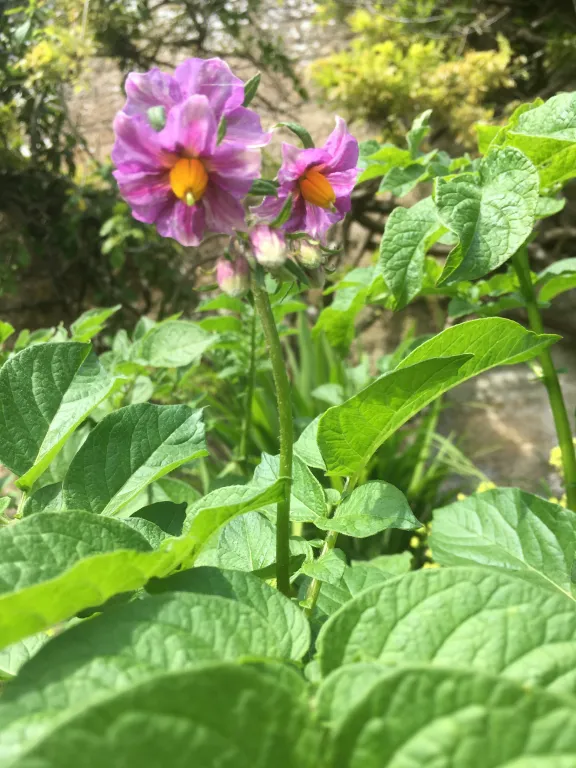


‘Sharpe’s Express’ is a heirloom variety introduced in 1900 by Charles Sharpe of Sleaford, Lincolnshire. It is pear-shaped with bright white flesh, smooth skin and a superb ‘new potato’ flavour.
More details
Full name: Potato Sharpe’s Express
Grow season: March – July (made up info, just to fill in some text)
Cultivated by: 1900
Size:
Weight:
Some other interesting fact: Introduced to UK by Charles Sharpe at Lincolnshire.
Potato Fellside Hero
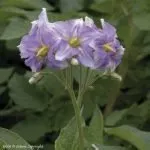


An heirloom potato from 1902, ‘King Edward’ was once known as ‘Fellside Hero’ but renamed in honour of the impending coronation of the King. Featuring white skin dappled with pink eyes, this popular potato has lovely creamy flesh.
More details
Full name: Potato Fellside Hero, “King Edward potato?”
Grow season: March – July (made up info, just to fill in some text)
Cultivated by: 1902
Size:
Weight:
Some other interesting fact:
Onion Red Brunswick
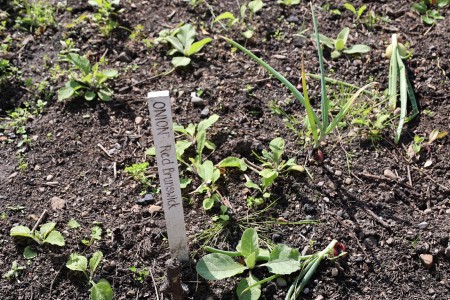
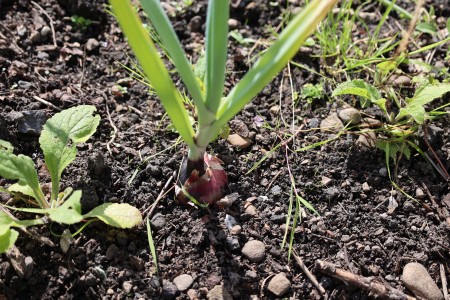

“Red Brunswick” is a traditional German heirloom onion. A reliable late maturing variety with semi flat medium to large dark red bulbs. The flavour is mild and sweet and the bulbs store extremely well into winter.
More details
Full name: Onion Red Brunswick
Grow season: March – July (made up info, just to fill in some text)
Cultivated by: 1870
Size:
Weight:
Some other interesting fact:
Onion Ailsa Craig
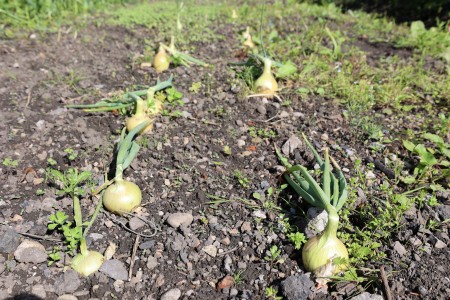
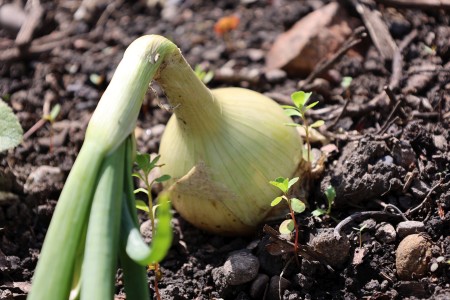
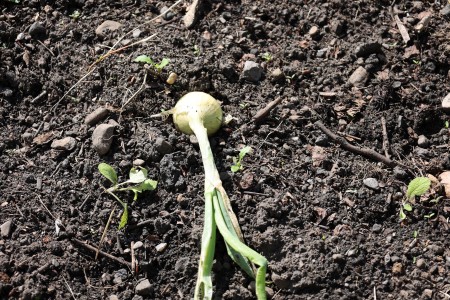
Raised by Mr D Muray, Head Gardener at Culzean Castle, Scotland, it was catalogued by Sutton & Sons in 1895. The skin is a pale straw colour and the flesh white with a mild taste. Bulbs are irregular in form, some being globe shaped, others inclined to a flat oval.
More details
Full name: Onion Ailsa Craig
Grow season: March – July (made up info, just to fill in some text)
Cultivated by: 1887
Size:
Weight:
Some other interesting fact:
Leek Musselburgh
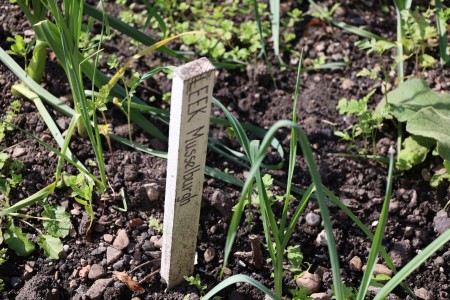
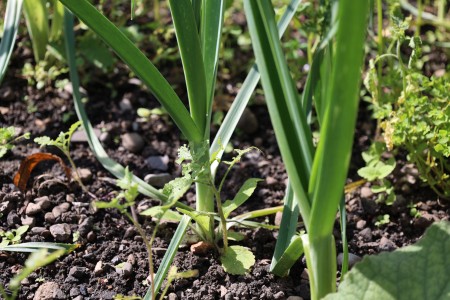

Raised by Mr James Haredcastle, seedsman, of Musselburgh, Scotland. “A reliable old favourite that tastes excellent, produces white stems and is the mainstay of vegetable production through the lean winter period. A heavy cropper.” An Encyclopedia of Gardening, JC Loudon, 1882.
More details
Full name: Leek Musselburgh
Grow season: March – July (made up info, just to fill in some text)
Cultivated by: 1834
Size:
Weight:
Some other interesting fact:
